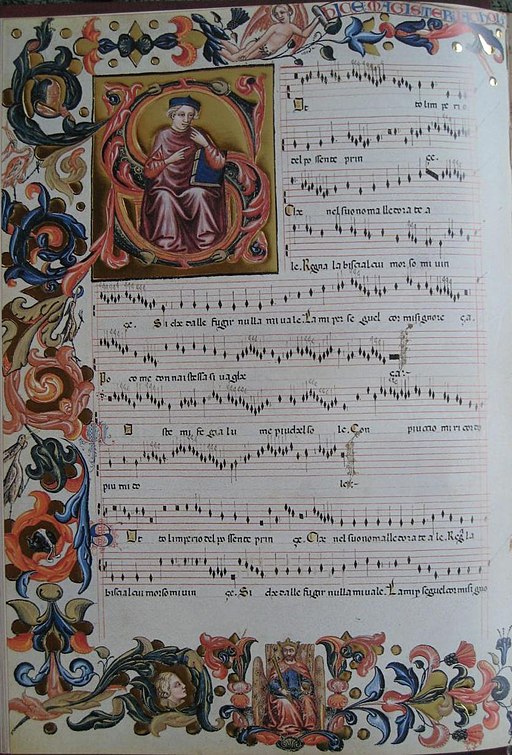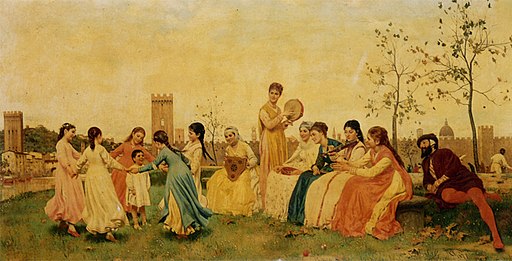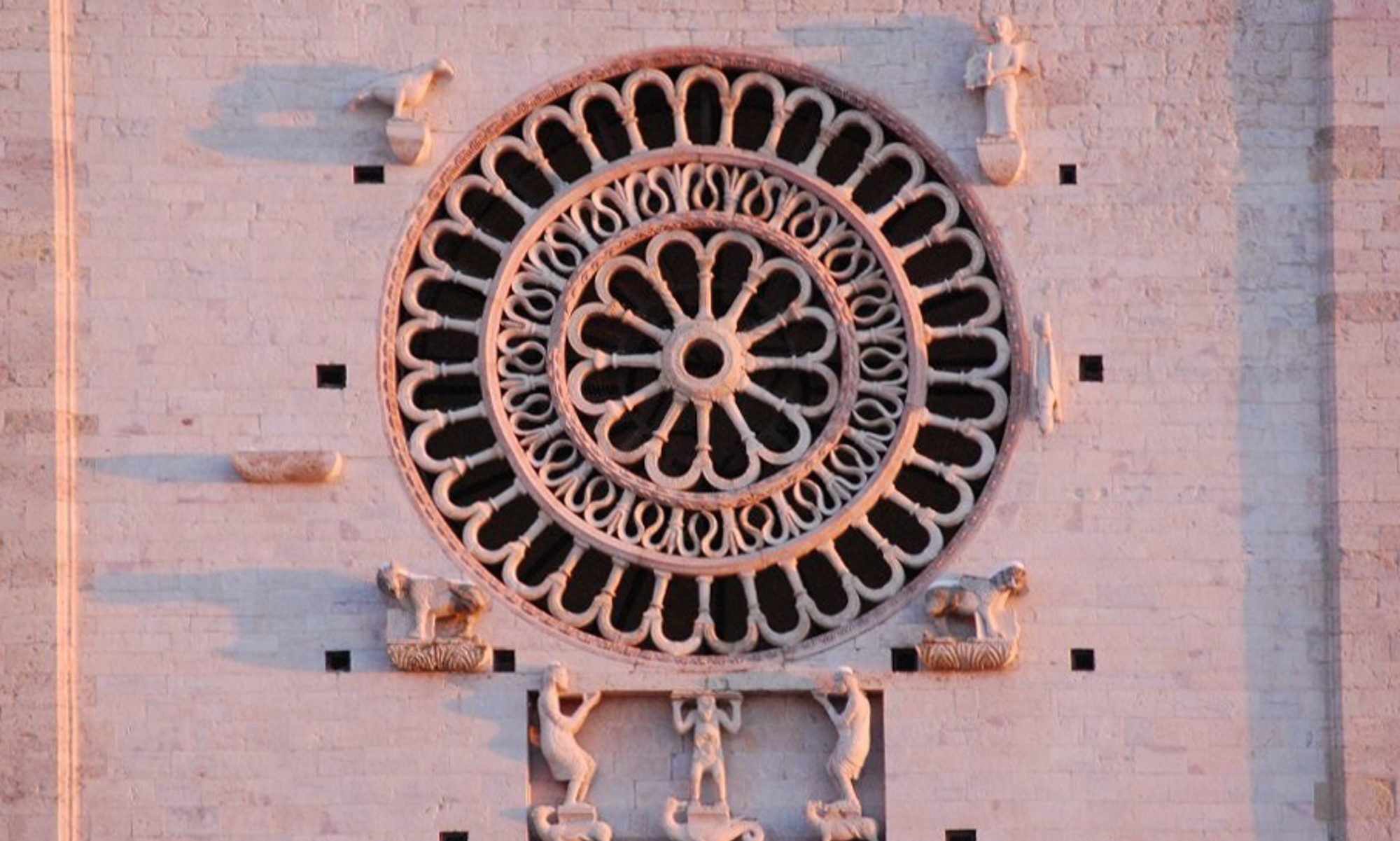
Jacopo da Bologna, shown here as depicted in the Squarcialupi Codex, was an Italian composer who lived from approximately 1340-1386. His music has a place here not because the characters of my published books would have known it – he’s too late for them – but because it probably would have been well known to the characters who inhabit my work in progress, which covers a time period between about 1388 and 1417.
Given his name, we assume Jacopo was from Bologna, but very little is known about his life. We do know that he served the court of Mastino della Scala in Verona from about 1340-1345, during which tenure he participated in a musical competition which also involved Giovanni da Cascia (aka Giovanni da Firenze), whose work we have also recorded and who will appear on his own page here. (Unfortunately I can’t tell you which of these talented gentlemen won!)

Jacopo is next found in the court of Luchino Visconti in Milan, possibly from about 1345 to 1355. Intriguing but vague references suggest that he may have spent time in Florence and possibly also at the court of Aragon.

Jacopo left us approximately 35 compositions, including the only musical setting of a Petrarch poem made during Petrarch’s lifetime (Non al suo amante). In additional to being one of the major composers of his day, Jacopo was a virtuoso harpist, and he is believed to have been poet enough to write quite a few of his own texts. He also wrote a treatise on musical notation, an art which was changing rapidly during his life.
Incidentally, that Squarcialupi Codex is a Florentine manuscript, compiled in a Florentine monastery in the early 15th century. It’s our largest single primary source for Italian trecento compositions, and as you can see, it’s gorgeous, with vivid portraits of the various composers and elaborate borders. The manuscript takes its name from the famous 15th century organist Antonio Squarcialupi. It later passed into the hands of the Medici family.
The piece you will hear from us is In verde prato (“In a green meadow”). It describes an idyllic outdoor scene, with pavilions, ladies dancing on the cool grass, and a beautiful blonde woman who catches the poet’s fancy. Maybe the setting would have looked something like this:

By the way, Jacopo’s portrait in the Squarcialupi is not on the page for this piece – it’s a different piece – so you won’t be able to follow along on the picture above. Please keep in mind that the usual caveats apply: this is a casual, informal living-room performance, not polished or concert-ready. But if you wish, you will be able to find other recordings by professional groups on YouTube if you search for them. Enjoy!

